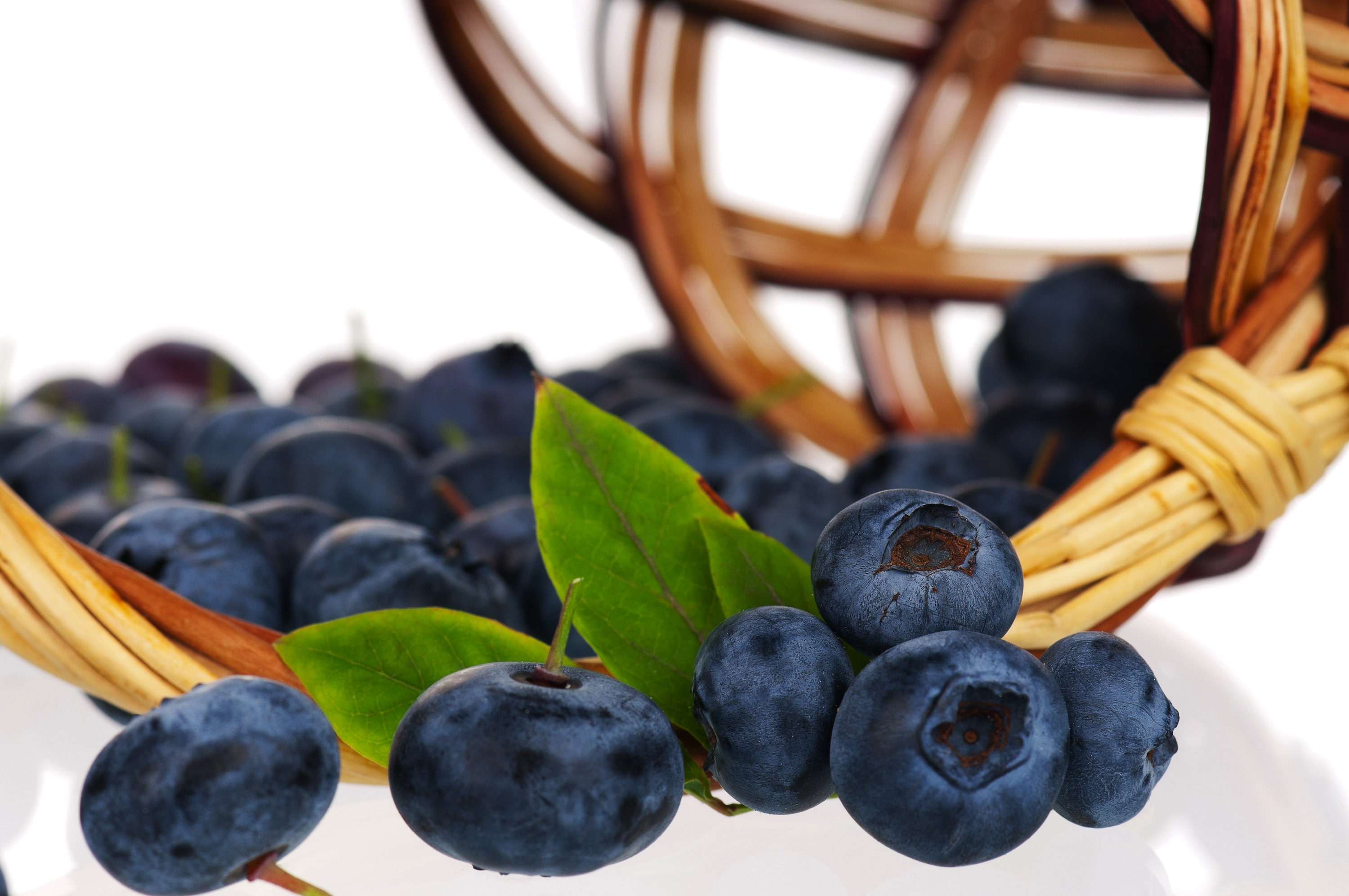Blueberries rebound after rough spring
Spring was rough for the U.S. blueberry industry, but summer should bring a surge in volume as multiple growing areas come into production.
“Blueberries will start to see increasing harvest volumes from the middle of June, ramping up to the peak of industry volumes in the month of July through most of August,” said Mario Flores, director of blueberry product management for Naturipe Farms LLC, Salinas, Calif.
A March freeze devastated the late-season rabbiteye crop in Georgia and also affected the early-season highbush variety in North Carolina, said Eric Crawford, president of Fresh Results LLC, Sunrise, Fla.
“We’ve seen unusually high prices, which have all but killed retail promotions,” Crawford said June 5. “Promotional activity has been extremely light the last couple of weeks.”
Crawford said the adverse weather led to a gap between the Georgia and North Carolina crops, and prices soared to as high as $32 for a flat of 12 1-pint packs, he said.
“That’s unprecedented,” he said.
North Carolina was expected to wrap up its season in mid-June, but several other growing areas were just getting started.
The U.S. Department of Agriculture reported June 9 that blueberries in flats of 12 1-pint cups with lids from California were $20-24 for conventional blueberries. Flats of 12 6-ounce cups with lids were $14-16, while organic blueberries in flats of 12 6-ounce cups were $20-24.
“Customers and consumers are happy this time in the year because they have access to quality fruit at a great price, which makes this a great deal for everyone,” said Luciano Fiszman, blueberry category manager for Gourmet Trading Co., Redondo Beach, Calif.
Fiszman said June 5 that quality was excellent in California despite extremely warm weather.
“We are currently going through the peak weeks of our California blueberry production in the south of the Valley,” he said. “The season is tracking behind, and it is expected to see less volume than originally forecasted for the state as a whole.”
Fiszman said Gourmet Trading would transition production to Oregon by the end of the month.
Tom Richardson, vice president of global development for Giumarra International Berry, Vernon, Calif., a division of the Los Angeles-based Giumarra Cos., cautioned that Oregon is later than usual this year, and promotional volumes of blueberries may come a week after the holiday.
Tim Wetherbee, sales manager for Diamond Blueberry Inc., Hammonton, N.J., and chairman of the New Jersey Blueberry Industry Advisory Council, said June 7 that harvest was expected to begin in his state the week of June 11.
“Things look very good at this point,” Wetherbee said. “Crop looks good. It’s not a bumper crop, but we’ve been very fortunate with weather so far. The berries are sizing, and everything looks very positive.”
Wetherbee said the state would have ample volume for Fourth of July promotions, and harvest is expected to run into mid-August.
Jason Fung, director of category development for the Vancouver, British Columbia-based Oppenheimer Group, said Washington’s harvest was expected to start in late June and run through July.
Michigan was expected to begin by June 28 with volumes increasing after July Fourth, Crawford said.
At one point, the state was expecting a 125 million-pound crop, but a May 9 freeze may have claimed up to 15% of the crop, he said.
Inadequate rain could pose an additional challenge for growers in that state, he said.
British Columbia’s harvest is expected to start July 8, Crawford said. That’s almost a month later than last year’s early crop but in line with previous years.
“It looks like a great year for large promotions,” Crawford said. “Volumes should provide opportunities to have aggressive pricing after the Fourth of July.”
Crawford said Fresh Results planned to put berries from late production in Michigan and British Columbia into controlled atmosphere, extending domestic supplies into the fall.
Central American imports begin in September with supplies from Peru and Argentina, he said.





